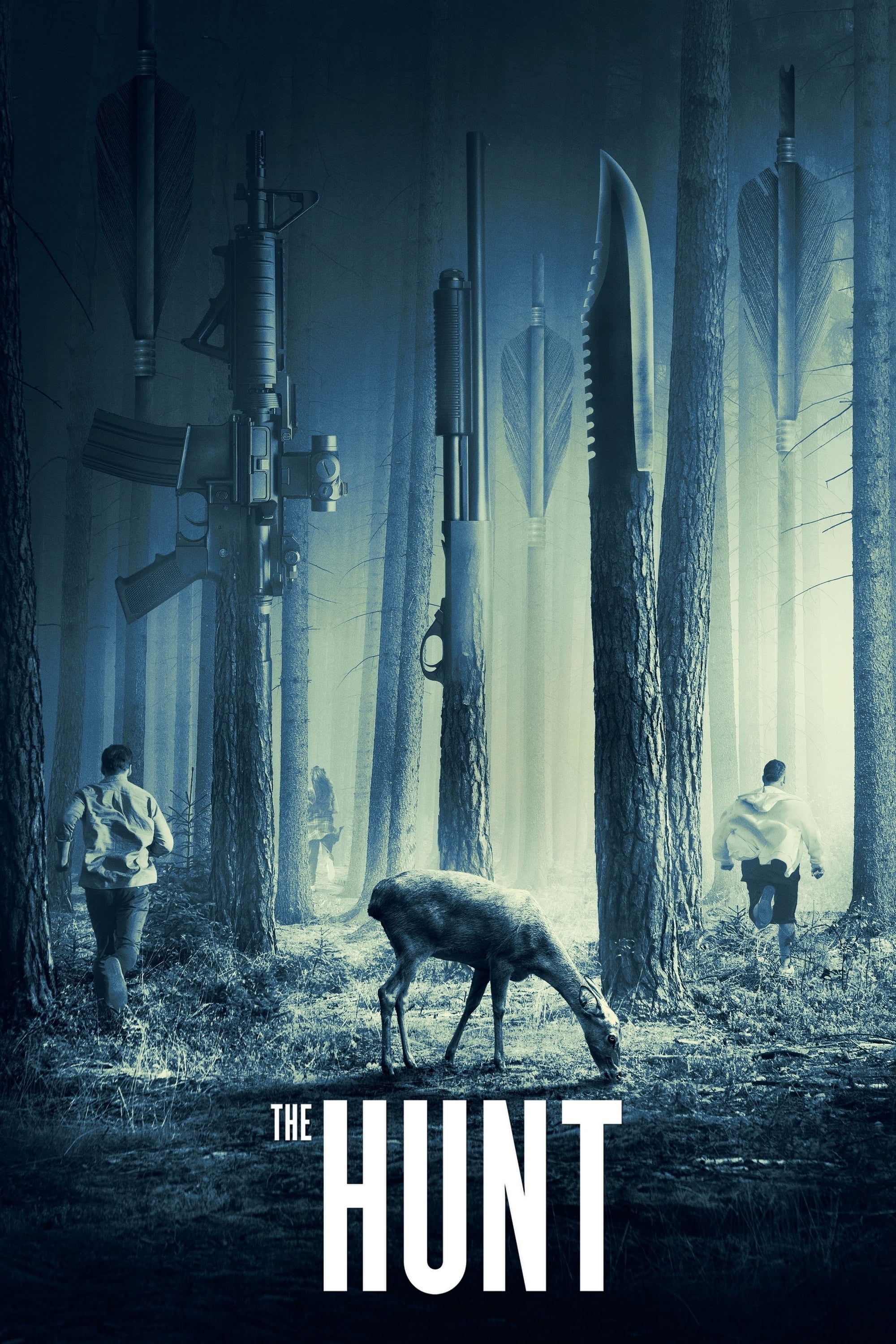![Christopher Howell - Charles Hubert H. Parry: Piano Music, Vol. 1 (2023) [FLAC 24bit/44,1kHz] Download](https://imghd.xyz/images/2023/09/16/cepatscjqptgc_600.jpg)
Christopher Howell – Charles Hubert H. Parry: Piano Music, Vol. 1 (2023)
FLAC (tracks) 24 bit/44,1 kHz | Time – 01:06:48 minutes | 538 MB | Genre: Classical
Studio Masters, Official Digital Download | Front Cover | © Da Vinci Classics
There was music in the Parry home from his earliest days. His father played, composed and helped organize the Three Choirs Festival but, in line with Victorian prejudices, he did not greatly encourage music in his sons. Nevertheless, by 1860, 12-year-old Hubert was eagerly studying Bach’s “48”. Later, in the 1870s, he took lessons from the influential pianist Dannreuther, who became something of a mentor, opening his mind to the latest German music. With Dannreuther, Parry assiduously worked at his piano technique, though without any strong ambition to become a professional performer. By 1878, when the Theme and 19 Variations were substantially completed, he had published two Sonatas, three sets of Sonnets and Songs without Words (totalling ten pieces) and a cycle of Seven Charakterbilder. Other piano music from this period remains in manuscript. This CD project will record all the published solo works.Post-1878, Parry wrote only the brief “Cosy” (1892) until Shulbrede Tunes and Hands Across the Centuries, published in 1914 and 1918. The posthumous 5 Romantic Pieces (1923) merely recycled some of the Sonnets and Songs but the 5 Miniatures (1928), apart from incorporating Cosy, seem to be late works, previously unpublished.
A likely explanation for this pattern is time. From the 1880s, Parry was busy providing the many music festivals with large-scale choral/orchestral works. His work as Professor at the newly founded Royal College of Music from 1883, and Director from 1895, made further demands. After the turn of the century, with the rise of a new generation of British composers, his big choral pieces were less in demand, leaving more space for smaller works.
Parry’s first cataloguer, Emily Daymond, in Grove III, dated the Piano Sonata no. 1 in F to 1877, the year of its publication. Jeremy Dibble, in a 1986 thesis for Southampton University (available online), noted that “despite its late date in Emily Daymond’s catalogue, the style of this Sonata suggests a much earlier period of composition”. By the time of his classic study of Parry (Clarendon 1992), Dibble clearly had new information, for he tells us it was written “soon after the completion of the Sonata [no. 2] in A major”, while noting that “evidently his intention was far less ambitious, and stylistically much of it appears regressive”. The A major Sonata was published in 1878 and is described on the original plates simply as “Sonata”, implying there was no other at that time. “No. 2” was added to the title page of later reprints, while the F major Sonata was labelled “No. 1” from the start. Parry was therefore anxious that people should see it as the earlier Sonata. Maybe he filled a fallow domestic period – his wife was quarantined for diphtheria and scarlet fever at her family’s house – by finalizing a sonata begun much earlier.
Another clue is the separate publication, undated, of the second movement as Scherzo in F, with insubstantial changes to dynamics and layout. There is no indication that it is part of a larger work, to which it might have acted as a trailer, so it was probably issued before the Sonata. A separate piece later drawn into the Sonata, or a movement rescued from a Sonata that Parry did not, at the time, expect to complete?
The opening pages of the Non troppo allegro first movement hark back to the so-called London Piano School. The writing is light and brilliant in the manner of Dussek or Cramer. The second theme announces a more individual composer, already able to evoke, as he did later in Shulbrede Tunes, an England of pleasant lands and sunny Sussex lanes. The exposition is repeated, something the later Parry tended not to do, and the development culminates in a fine, sweeping paragraph.
The Allegro molto scherzando shows that Parry, even thus early, was abundantly supplied with merry, village-green-style dances, while the middle section combines reminiscences of the Davidsbündler with premonitions of Edwardian pomp and circumstance.
The Andante shows that Parry already had the ability to write a moving, even great, slow movement. The rocking bass notes suggest Schubert, but with the mystic feeling of Oxford cloisters. Schubert through stained glass might lead to Bruckner, and Parry shares here the Austrian composer’s practice of inserting pauses before embarking on his next patient build-up. Yet if Parry knew Bruckner’s name at all, it was as an organist, in which role he had played in London in 1871.
After a brief introduction, the finale bursts into an Allegretto rondo that Dussek or Cramer would have called La Chasse. The central section is based entirely on a repeated galloping rhythm, relying on key changes for its effect. This device was used by Schubert in the finale of his Second Symphony. The problem with this for a model is that it was played for the first time at Crystal Palace under August Manns on 20 October 1877, rather late for echoes of it to have found their way into the Sonata. However, the discovery of Schubert was largely driven by George Grove, Parry’s friend and the dedicatee of the Sonata, so perhaps Grove had drawn his attention to this passage.
In spite of its youthful incongruences, this Sonata is an endearing work and it is easy to believe Parry’s statement that “I fixed my attention on things rustic when I wrote the F sonata, and intended to call it Arcadia” (letter to Eddie Hamilton quoted by Dibble).
The first set of Sonnets and Songs without Words, Parry’s earliest piano publication, came out in 1869. A Pastoral is a modest piece of fashionable tone painting while Lied makes good use of Mendelssohn’s formula of a rippling introduction repeated at the end to encase an expressive chorale. Between these, Owlet is more individual, with a touch of proto-Elgarian whimsy, while Gnome is notable for a wandering, often chromatic inner voice presaging Ireland’s The Undertone. Fuller Maitland (Heffer 1934) found these two pieces “curiously original and even characteristic”.
Shulbrede Tunes were begun in 1911 and published in 1914. By this time, Parry was a proud grandfather and his visits to his daughter Dorothea’s family in the converted 12th century Shulbrede Priory offered a haven of domestic bliss of the kind his own wife had declined to provide. He later explained that the Prior’s Chamber was notable for “a grand old fireplace and some delightfully quaint Elizabethan frescoes”. Dolly (Dorothea) was the subject of two pieces, “as she has two distinct phases”. Of the grandchildren, “Elizabeth is a lithe slip of a girl”, while Matthew had “a very enquiring mind (that’s why he begins with a question).” “Father Playmate”, his son-in-law Arthur Ponsonby, was “all sorts of delightful things”. It was, he added, “a great place for children’s pranks and also for bogies and sprites” (letter to W.A. Roberts, quoted by Dibble).
Compared with the other music on this CD, Shulbrede shows a more developed piano technique, though the need to accommodate the bigger pianos of the 1910s (derided as the “battleship grand” by Stanford, who regretted the “sweet-toned pianos of my youth”), sometimes results in over-thick textures. Strangely, if we make the comparison with the Theme and 19 Variations, by some way the most pianistically original work of his early phase, Parry seemingly takes up the piano story from where he left it more than thirty years earlier. What is inescapable, though, is the greater linear clarity and expansiveness of the musical invention. The set has been described as an English Kinderszenen and Schumannesque writing does indeed entwine with Parry’s own brand of rolling grandeur and touches of rollicking humour.
The rushing introductory piece reminds us that Parry would have arrived by car – and he was a notoriously fast driver. He pauses at the end to contemplate the majesty of the Priory. A sceptic towards the supernatural, he dismisses the bogies and sprites as no more than three blind mice, duly fleeing as the clock strikes twelve (not one as in the nursery rhyme). This, alone among Parry’s piano pieces, bears a metronome mark. It is surprisingly slow. Evidently he was anxious that this particular piece should be savoured at a steady pace. The repeated bass notes of Prior’s Chamber by Firelight recall the Andante of the First Sonata, but with an added breadth to the inspiration. The most developed piece is the last, a passacaglia of inexhaustible invention and vitality. At one point, the father seems to be teaching Elizabeth to dance a delicate waltz, but high spirits are soon back.
There is a poignant postscript to the story. Both Matthew and Elizabeth became notorious members of the “bright young people” of the 1920s. Matthew was arrested in 1925 together with Evelyn Waugh for driving the wrong way up a one-way street while drunk (Matthew was at the wheel). Elizabeth’s antics were meat and drink to the tabloid press. Matthew retained an affection for Shulbrede, eventually repudiating his wild oats and taking up management of the family estate when his father died in 1946. His youngest daughter still resides there. Things were less good for Elizabeth, who remained in London to die an alcoholic in 1940, aged 40. She is said to have been the model for Agatha Runcible in Waugh’s Vile Bodies. A cruel reminder that these pieces, like Elgar’s Wand of Youth, tenderly evoke a pre-First World War pastoral world that was shortly to be banished for ever. And yet, as we listen to Father Playmate’s innocent romps, we can still imagine, paraphrasing A. A. Milne, that in that “enchanted place” in Sussex, a father and his children “will always be playing”.
Tracklist:
01. Christopher Howell – Sonata No.1 in F Major: I. Non troppo allegro (07:23)
02. Christopher Howell – Sonata No.1 in F Major: II. Allegro molto scherzando (02:48)
03. Christopher Howell – Sonata No.1 in F Major: III. Andante (06:40)
04. Christopher Howell – Sonata No.1 in F Major: IV. Andante – Allegretto (04:33)
05. Christopher Howell – Sonnets and Songs Without Words: Book 1: I. A Pastoral (First recording) (03:22)
06. Christopher Howell – Sonnets and Songs Without Words: Book 1: II. Owlet (First recording) (03:03)
07. Christopher Howell – Sonnets and Songs Without Words: Book 1: III. Gnome (First recording) (02:51)
08. Christopher Howell – Sonnets and Songs Without Words: Book 1: IV. Lied (First recording) (03:04)
09. Christopher Howell – Shulbrede Tunes: I. Shulbrede (02:02)
10. Christopher Howell – Shulbrede Tunes: II. Elizabeth (02:33)
11. Christopher Howell – Shulbrede Tunes: III. Dolly (no. 1) (03:04)
12. Christopher Howell – Shulbrede Tunes: IV. Bogies and Sprites that Gambol by Nights (02:50)
13. Christopher Howell – Shulbrede Tunes: V. Matthew (03:21)
14. Christopher Howell – Shulbrede Tunes: VI. Prior’s Chamber by Firelight (04:51)
15. Christopher Howell – Shulbrede Tunes: VII. Children’s Pranks (03:04)
16. Christopher Howell – Shulbrede Tunes: VIII. Dolly (no. 2) (03:27)
17. Christopher Howell – Shulbrede Tunes: IX. In the Garden – With the Dew on the Grass (02:38)
18. Christopher Howell – Shulbrede Tunes: X. Father Playmate (05:10)
Download from FileJoker:









